Toothache is an unpleasant, painful sensation of various intensities in the jaw area. The pain comes from within the tooth or around the gum and bone structures. Toothache very often radiates to the entire jaw; what's more, the pain can also involve the ear, head, and neck. A fever may also occur. The occurrence of pain very often indicates the onset of some health problem.
Toothache can occur suddenly or gradually. It can be acute or chronic. Tooth pain can be triggered by temperature changes, such as exposure to cold drinks or pressure on the tooth when chewing. Dental problems and associated toothache are common problems that can happen to each individual. Various factors can be the cause of a toothache. Toothache can also be different in nature and severity.
If you have a toothache, the best solution is to visit your dentist. Having a specialist determine the cause will allow you to implement the proper method to make your persistent toothache go away. If, on the other hand, you don't currently have the option to seek medical help, but the toothache is exceptional and is affecting your functioning, you can try home remedies to relieve the toothache. Remember, however, that home remedies for toothache relief will not cure the main problem causing the discomfort.
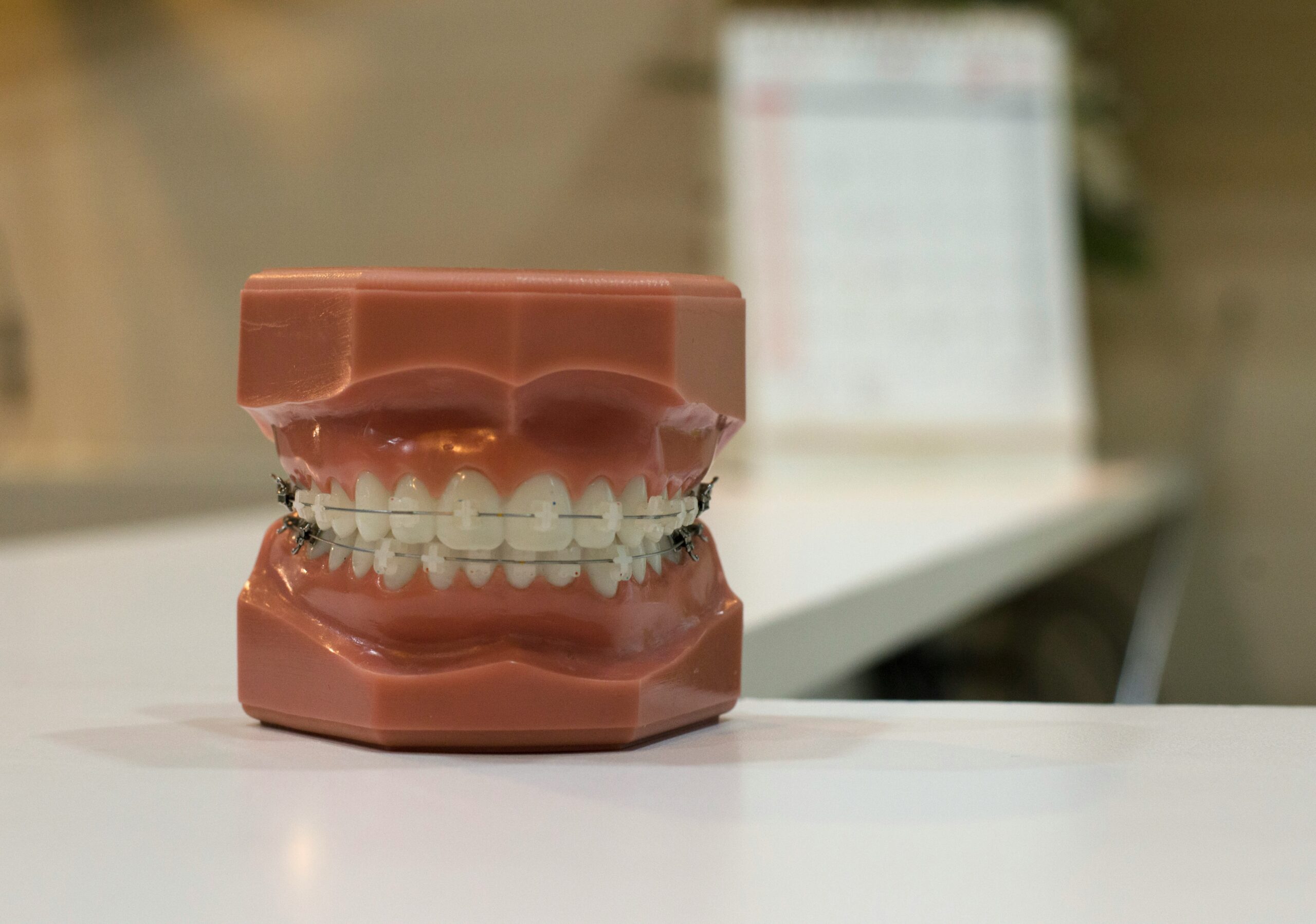
Pain is most often an indication that there is an inflammatory process going on in a particular area. Various disease processes involve the teeth and gums. In contrast, it is less commonly neuropathic pain due to damage or disease located within the nervous system. Each factor of toothache can cause a different type of pain experienced by the patient. Recognizing what kind of pain we are dealing with will allow us to suspect a potential cause. However, only a specialist who thoroughly examines the patient using stomatological instruments can pinpoint the exact cause. Causes of toothache include:
The most common cause of toothache is simply tooth decay. Caries is the process of softening enamel caused by acids. These acids are formed when cariogenic bacteria![]() break down sugars in the mouth. Caries is a bacterial disease, usually associated with insufficient oral hygiene. When we snack between meals and frequently eat sugary foods, an overly acidic pH prevents the enamel repair process. In the initial phase, tooth decay is painless. Pain occurs when the deeper tissues of the tooth are occupied, causing sensitivity. However, when the enamel is damaged and a cavity develops, a filling is necessary. With more advanced decay, the tooth is extracted.
break down sugars in the mouth. Caries is a bacterial disease, usually associated with insufficient oral hygiene. When we snack between meals and frequently eat sugary foods, an overly acidic pH prevents the enamel repair process. In the initial phase, tooth decay is painless. Pain occurs when the deeper tissues of the tooth are occupied, causing sensitivity. However, when the enamel is damaged and a cavity develops, a filling is necessary. With more advanced decay, the tooth is extracted.
Pulpitis is usually the result of untreated tooth decay. The carious process, spreading more profoundly into the tooth structure, inevitably causes increased pulpitis. Tooth pulpitis is the body's inflammatory response to the disease processes inside the tooth. Reversible, irreversible, and pulp necrosis can be distinguished depending on how developed the inflammatory processes are.
The dental pulp is the tissue that fills the tooth cavity and is richly vascularised and innervated. Therefore, the main symptom of pulpitis is pain, and its severity depends on the level of the inflammatory process. In cases of reversible pulpitis, pain usually occurs in response to specific gustatory or thermal stimuli. In the case of irreversible pulpitis, the pain is considerably worse and appears spontaneously, often without any apparent cause. Toothache increases at night, which is directly related to lying down. The pain pulsates, occurs suddenly, and is characterized by special persistence.

Periapical tissue inflammation or apical periodontitis is a pathological process in the tooth's periapical tissues. The cause is usually the entry of bacteria into these tissues as part of a pulp infection. Periapical periodontitis involves pathological processes with an inflammatory background that arise and affect the tissues around the tooth root.
The cause is most often bacteria in the root canal due to untreated and advanced caries. The main symptom of periapical tissue inflammation is very intense tooth pain. It is characteristic of acute and chronic exacerbated conditions. The tooth becomes very sensitive to touch and tapping and hurts when biting. The pain is not relieved by the use of generally available analgesics.
The last molars in the maxillary and mandibular arches are the eighths, also known as wisdom teeth![]() . They usually emerge between 15 and 25 but can also appear much later. In some people, the eights may never grow out. Sometimes, growing out is complicated and very painful for the eights. The pain can occur due to a lack of space for the last molars, making them grow out at the wrong angle. It also happens that the eights put pressure on the remaining teeth contributes to malocclusion.
. They usually emerge between 15 and 25 but can also appear much later. In some people, the eights may never grow out. Sometimes, growing out is complicated and very painful for the eights. The pain can occur due to a lack of space for the last molars, making them grow out at the wrong angle. It also happens that the eights put pressure on the remaining teeth contributes to malocclusion.
In addition, eights are sometimes more prone to decay than other teeth. They are located at the ends of the arches, so their daily hygiene can be difficult. Pain during the eruption of the eighths lasts several to several days and occurs alternately with episodes of quieting the discomfort. The eights do not grow continuously, uniformly, but in stages. As inflammation increases, the pain becomes more extensive and involves the gums and palate. Wisdom teeth can cause inflammation of the surrounding tissues.

Hypersensitivity is most often felt in the area of the teeth bordering the gums. It can be limited to one tooth or be a broader problem. It occurs on one or both sides. Dentin hypersensitivity is usually the result of gum recession or enamel wear. Loss of the tooth's hard tissues with exposure to dentin, generally covered by a layer of enamel, can lead to toothache.
Dentin hypersensitivity is a brief and spontaneous pain passing triggered by stimuli![]() such as cold, heat, or mechanical irritation with a toothbrush. Pain in the lower or upper teeth never occurs spontaneously and disappears when the stimulus ceases. Prolonged pain sensation is also possible. Sudden hypersensitivity of a tooth or teeth can occur or worsen after specific dental procedures. Dental procedures such as whitening and scaling can trigger the problem of tooth sensitivity.
such as cold, heat, or mechanical irritation with a toothbrush. Pain in the lower or upper teeth never occurs spontaneously and disappears when the stimulus ceases. Prolonged pain sensation is also possible. Sudden hypersensitivity of a tooth or teeth can occur or worsen after specific dental procedures. Dental procedures such as whitening and scaling can trigger the problem of tooth sensitivity.
Various types of trauma to the teeth and gums can cause pain. Minor injuries to the mouth usually result from brushing too hard or misusing floss or flossers. Mechanical injuries can also cause dental symptoms and problems. During such trauma, the upper teeth are most often damaged, as their position increases the risk of injury. In particular, the enamel and dentin are fractured or broken.
An impact or trauma can cause a tooth to hurt, be tender, or change position in the dental arch. During trauma, a tooth can also be knocked out entirely. Remember that no matter the style, your tooth can be saved, but the intervention of a dentist is essential. Tooth injuries often happen to children who have damaged their teeth by falling while playing.

A filling restores a tooth after conservative treatment involving removing decaying lesions from the tooth's hard tissues. Seal prolapse is a common problem that does not necessarily mean the filling was incorrectly placed. The cavity becomes palpable with the tongue, and food enters in place of the filling, which is not easy to remove.
Even a tiny cavity can cause discomfort and excruciating pain. If the rest of the filling is quite loose, it is worth protecting it to prevent further damage. If a filling falls out, you should visit your dentist immediately. The longer we delay it, the greater the chance that an infection will develop in the pulp, which is unprotected without a filling.
Root canal treatment is the treatment of teeth whose pulp has been irreversibly damaged. It consists of removing pathologically damaged tissues from the tooth and then protecting the resulting space by filling it with material. Root canal treatment is done under anesthesia, which helps to minimize pain. Patients do not usually feel pain during the procedure; however, discomfort after the procedure, when the anesthetic wears off, is expected.
In most cases, pain after root canal treatment lasts for a few days, but it can persist for up to three weeks. If pain persists for more than a few days, visiting your dentist is essential, as it may indicate complications. Post-operative complications often arise due to the doctor overlooking one of the canals or incorrectly cleaning it.
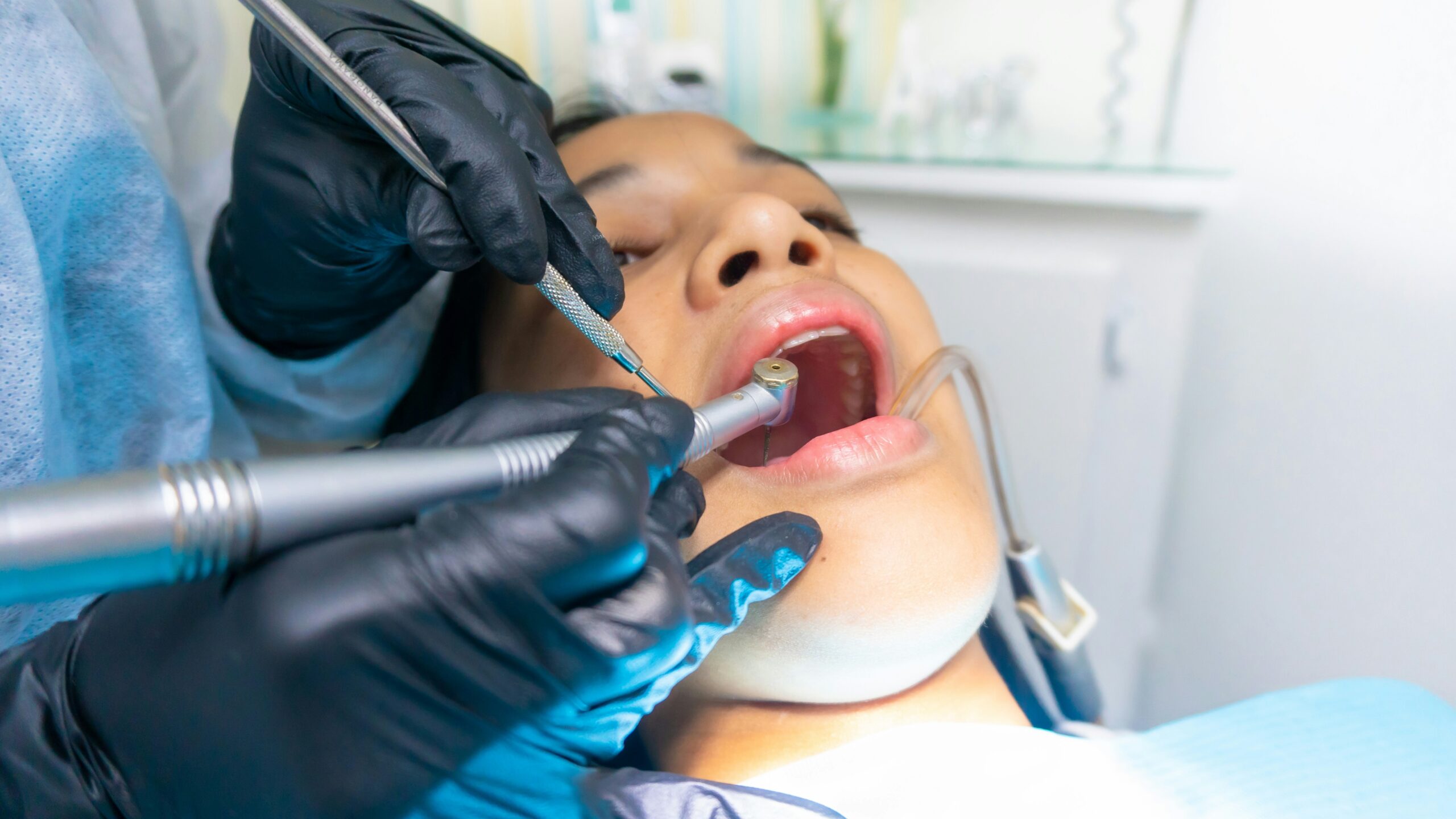
Sinusitis has to do with pressure on the trigeminal nerve caused by inflammation developing in the sinuses, while in-ear inflammation, the pain often radiates to the teeth. In both cases, the toothache is not due to an inflammatory process in the tooth. The problem is different, so a dental visit will not help eliminate the pain. It is necessary to treat the cause of the pain, i.e., sinusitis or ear infection.
Sinusitis is a disease of the mucous membrane lining the paranasal sinuses and nose, involving one or more paranasal sinuses. The symptoms of diseased paranasal sinuses worsen after a few days of acute rhinitis. The characteristic symptom is a runny nose and the appearance of a yellow or greenish discharge from the nose or running down the back wall of the throat. On the other hand, the most common ear infection symptoms include severe ear pain, fever, and lack of appetite. Some patients may complain of a troublesome headache, vomiting, and nausea.
Teeth clenching and teeth grinding can cause gradual enamel reduction, resulting in toothache. Bruxism![]() is formally known as teeth clenching. It is a specific condition that presents itself through habitual and uncontrollable teeth clenching. The causes of bruxism have not been established. It is known to be linked to local disorders of the nervous system area and psychological disorders. A special issue is that of chronic stress, leading to excessive muscle tension.
is formally known as teeth clenching. It is a specific condition that presents itself through habitual and uncontrollable teeth clenching. The causes of bruxism have not been established. It is known to be linked to local disorders of the nervous system area and psychological disorders. A special issue is that of chronic stress, leading to excessive muscle tension.
The grinding of teeth is often linked to disorders of a psychological nature. Such symptoms can give rise to, for example, depression and anxiety disorders. The key is to find the cause of the problem and deal with it effectively. In the case of mental disorders, psychotherapy is an integral part of the treatment. The effects of teeth grinding can be severe and multifaceted, affecting oral health and general well-being. Long-term bruxism can cause excessive wear and damage to the enamel, increasing the risk of cracks, fractures, and tooth sensitivity.

Severe headaches, jaw pain, neck stiffness, and inability to open and close the mouth freely are common symptoms of bite problems. A malocclusion is considered to be any deviation from the biological norm. Abnormalities can affect both the teeth and the skeletal system and their relationship to each other.
Malocclusion is the various misalignments of teeth that can affect the function of the chewing system, the aesthetics of the smile, and overall health. There are very many types of malocclusion, some more invasive and others less so. Malocclusion can also be divided into congenital and acquired. Curing a malocclusion with a particular dental appliance will help to deal with toothache and other unpleasant consequences.
When a toothache occurs, it is not worth delaying and going to the dentist immediately. Most often, the pain is an indication of far-reaching inflammation taking place in the mouth. If we ignore this symptom and do not visit the dentist, it is unfortunate that the inflammation will continue. However, suppose you do not have the opportunity to seek immediate medical attention or have to wait a long time for an appointment. In that case, it is worth using ways to alleviate the pain. Toothache is an exceptionally unpleasant ailment that can significantly affect daily life. Find out how to reduce the pain, but remember that the ways listed are not treatment methods.

The first aid you can reach for when you have a toothache is usually painkillers. You can choose from paracetamol, which, although safe, is more for treating toothache of mild intensity. Anti-inflammatory drugs can also be used where you suspect inflammation is the cause of the toothache. Then, we can reach for ibuprofen, which already has an anti-inflammatory effect and relieves slightly more muscular pain. Remember, however, that non-steroidal anti-inflammatory drugs![]() should not be taken for the long term as they can cause serious complications.
should not be taken for the long term as they can cause serious complications.
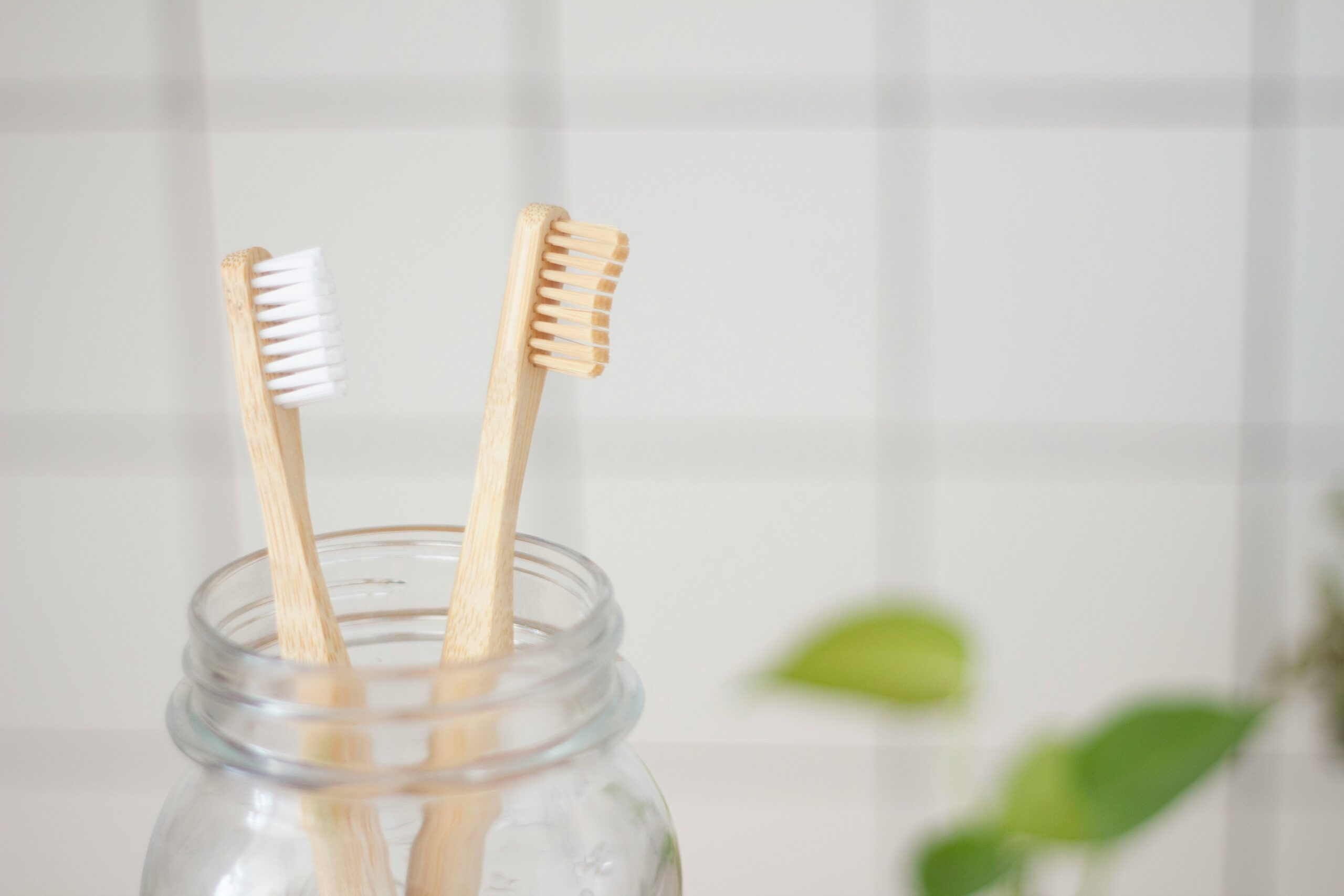
When you suffer from a toothache, you should take special care of your oral hygiene to not aggravate the condition. Unique mouthwash solutions will also help, and you can even make one yourself if you have all the necessary ingredients. Salt, vinegar, and water will be helpful in a toothache. Adding saline![]() solution increases its ability to fight bacteria and helps remove plaque from the teeth. Vinegar is an effective solution because it has antibacterial and anti-inflammatory properties.
solution increases its ability to fight bacteria and helps remove plaque from the teeth. Vinegar is an effective solution because it has antibacterial and anti-inflammatory properties.
Regularly using such a product can help maintain oral health and prevent dental problems. Remember that prevention is always better than cure, especially when it comes to your teeth. Rinses can also be effective for hypersensitive teeth. Your dentist may prescribe a fluoride gel or a fluoride rinse to apply to your teeth.

Herbs![]() are plants that contain substances that affect human metabolism. The health-promoting properties of herbs have long been reported. Among them, you will find solutions for many problems, including toothache. Sage has antibacterial, antifungal, and anti-inflammatory effects and helps to minimize the growth of pathogens effectively. It is helpful where the cause of a toothache is inflammation, which is very common. You can rinse your mouth with sage infusion several times a day, which will help to reduce swelling.
are plants that contain substances that affect human metabolism. The health-promoting properties of herbs have long been reported. Among them, you will find solutions for many problems, including toothache. Sage has antibacterial, antifungal, and anti-inflammatory effects and helps to minimize the growth of pathogens effectively. It is helpful where the cause of a toothache is inflammation, which is very common. You can rinse your mouth with sage infusion several times a day, which will help to reduce swelling.

To relieve pain in the oral cavity, the tooth can also be treated with aloe vera gel![]() . The health-promoting properties of aloe vera have been used for years in the medical and cosmetic industries. This remarkable plant has a soothing and anti-inflammatory effect. Aloe vera will help fight bacteria and other pathogens. As a result, dentists use aloe vera to prevent caries. In addition, aloe vera-based preparations are often used by the pharmaceutical industry as a remedy for bad breath.
. The health-promoting properties of aloe vera have been used for years in the medical and cosmetic industries. This remarkable plant has a soothing and anti-inflammatory effect. Aloe vera will help fight bacteria and other pathogens. As a result, dentists use aloe vera to prevent caries. In addition, aloe vera-based preparations are often used by the pharmaceutical industry as a remedy for bad breath.
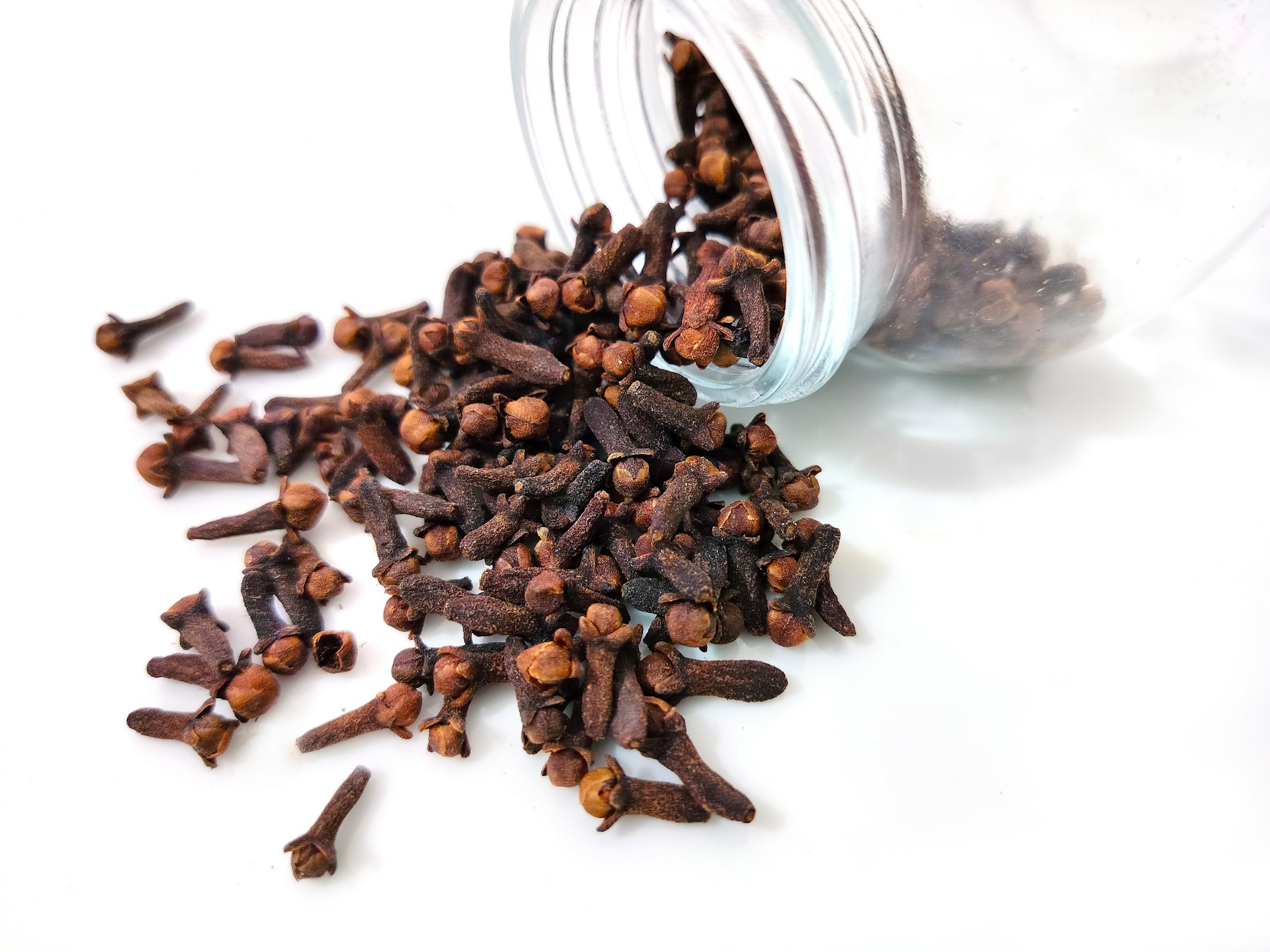
Carnations are the dried, closed flower buds of the fragrant capsicum. It is often used as a spice or tea additive. Interestingly, cloves can also help with toothache. Gently chewing on cloves can give you relief from the pain. The eugenol, or essential oil![]() in cloves, is an anti-inflammatory and analgesic. Chewing cloves can also help with a sore throat. Cloves may be unpleasant, but chewing them for five minutes can reduce painful symptoms.
in cloves, is an anti-inflammatory and analgesic. Chewing cloves can also help with a sore throat. Cloves may be unpleasant, but chewing them for five minutes can reduce painful symptoms.

Another effective home remedy for toothache is a warm compress, which has an analgesic effect and helps reduce inflammation. Beware of cold compresses, however. In some situations, they provide relief. However, in the case of tooth pulpitis, a warm compress will provide relief, while a cold compress will increase the pain. You can try various remedies in moderation and observe how your body reacts to it. Warm or cold compresses can also be helpful where multiple types of trauma are the cause of the toothache.
Pain is a signal for us to go to the dentist. Never underestimate a toothache, especially if it is very intense. There can be many causes behind toothache. Home remedies cannot cure many disease processes and require specialist treatment. Untreated tooth diseases can have serious complications. To avoid unpleasantness, do not delay going to the dentist. Visits to the dentist are unpleasant, but they are necessary to keep your teeth nice and healthy.
A proper medical diagnosis is crucial based on a medical history and patient examination. Sometimes, even X-rays or laboratory tests are necessary to discover the cause of the toothache. Treatment methods for toothache can be varied and depend on the cause. Root canal treatment, tooth extraction, or pharmacotherapy implementation may be necessary in some cases. Also, remember to take care of your oral hygiene daily to avoid problems such as toothache.
Toothache is a notable unpleasant symptom that reduces quality of life. It is also a sign that a disease process needs to be addressed. Toothache should not be underestimated, as there can be many causes. Determining the cause and implementing appropriate treatment is the key to getting rid of toothache. The most common causes of toothache are decay and various inflammatory conditions.
However, if you do not have the opportunity to contact your dentist immediately, you can reduce the intensity of the pain with home remedies. Various helpful remedies are available, including warm compresses and herbal mouthwashes. However, remember that home treatment will not cure the cause of the toothache.
Table of Contents
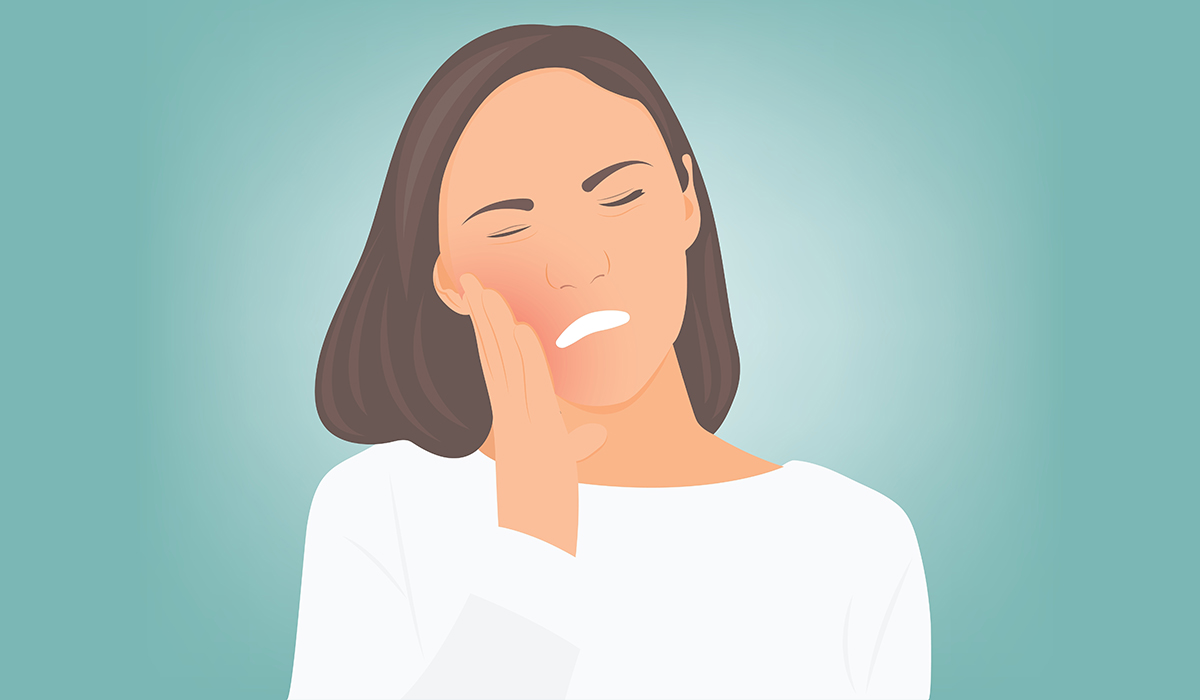
Tooth pain, which is additionally called dental pain, implies a harmful feeling that can take place in or around a… read more »
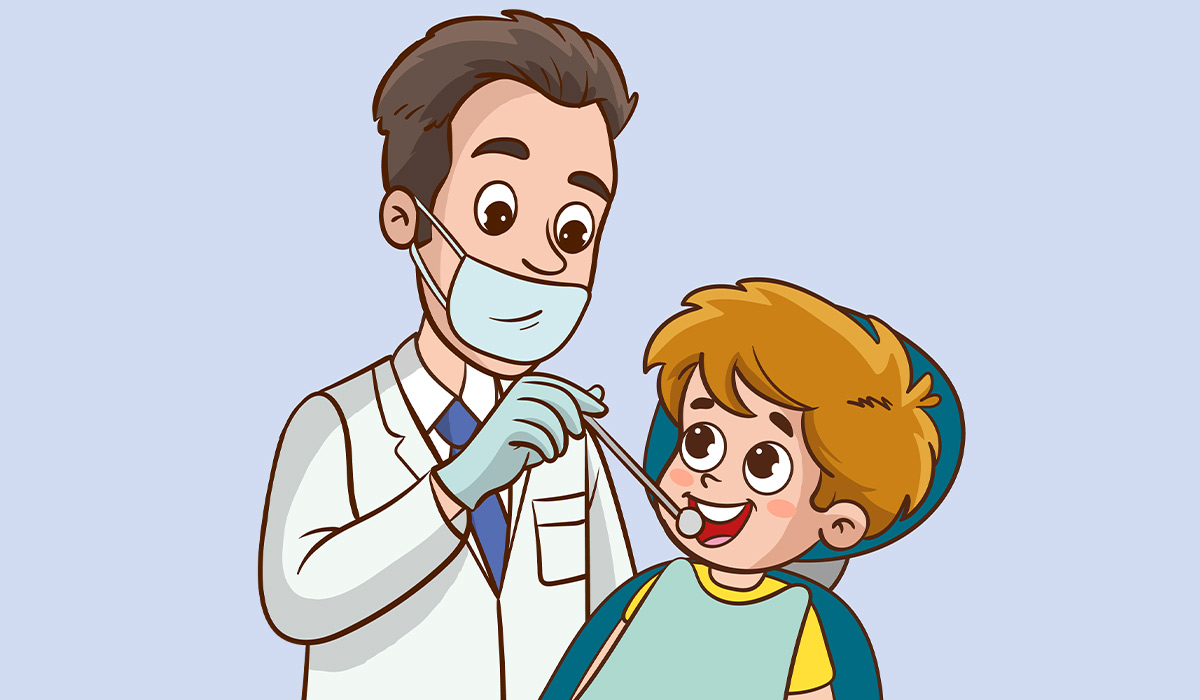
A dentist is a master in pharmaceuticals who treats issues related to oral well-being. They analyze, treat, and avoid infections… read more »
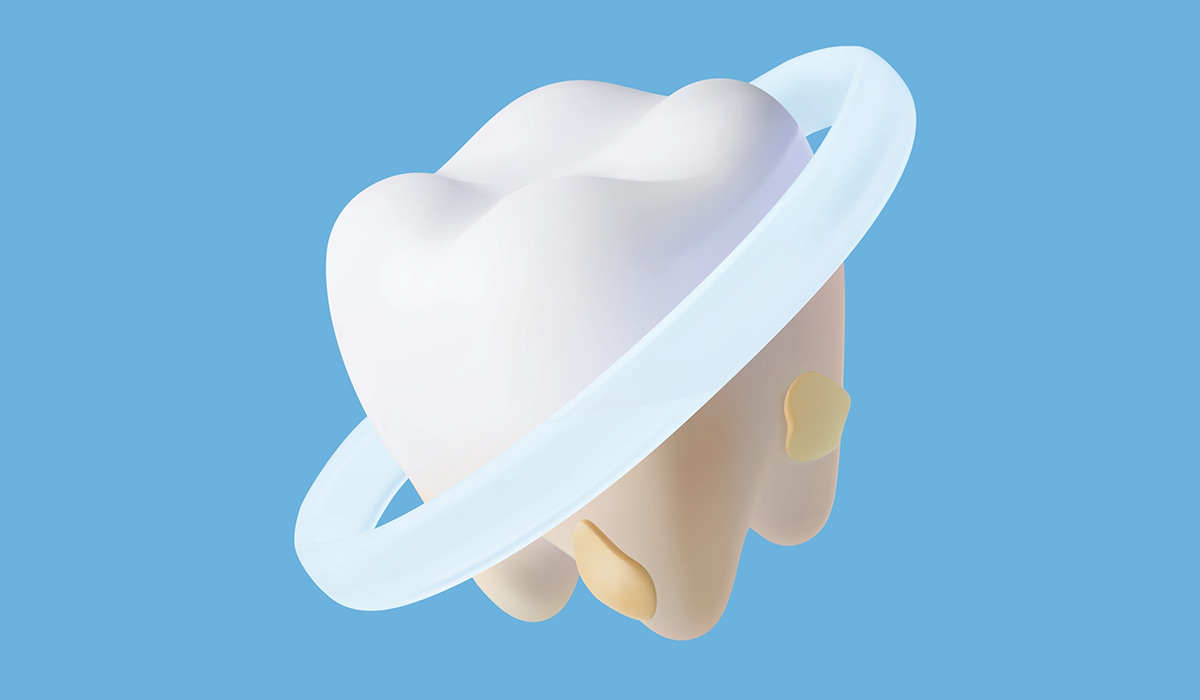
Teeth whitening is a cosmetic dental procedure that aims to lighten the color of teeth, removing stains and discoloration. read more »
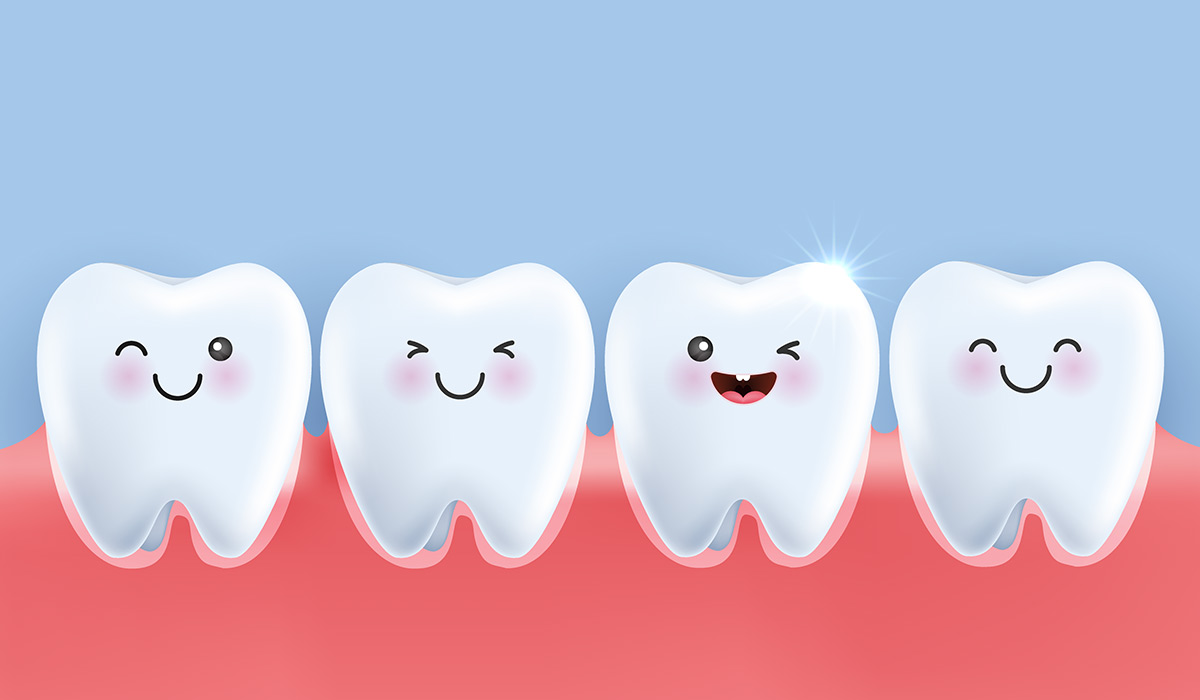
Teeth, the minuscule pieces of white, are of utmost importance, although seemingly unimportant at first glance. Teeth, which are multi-functional… read more »
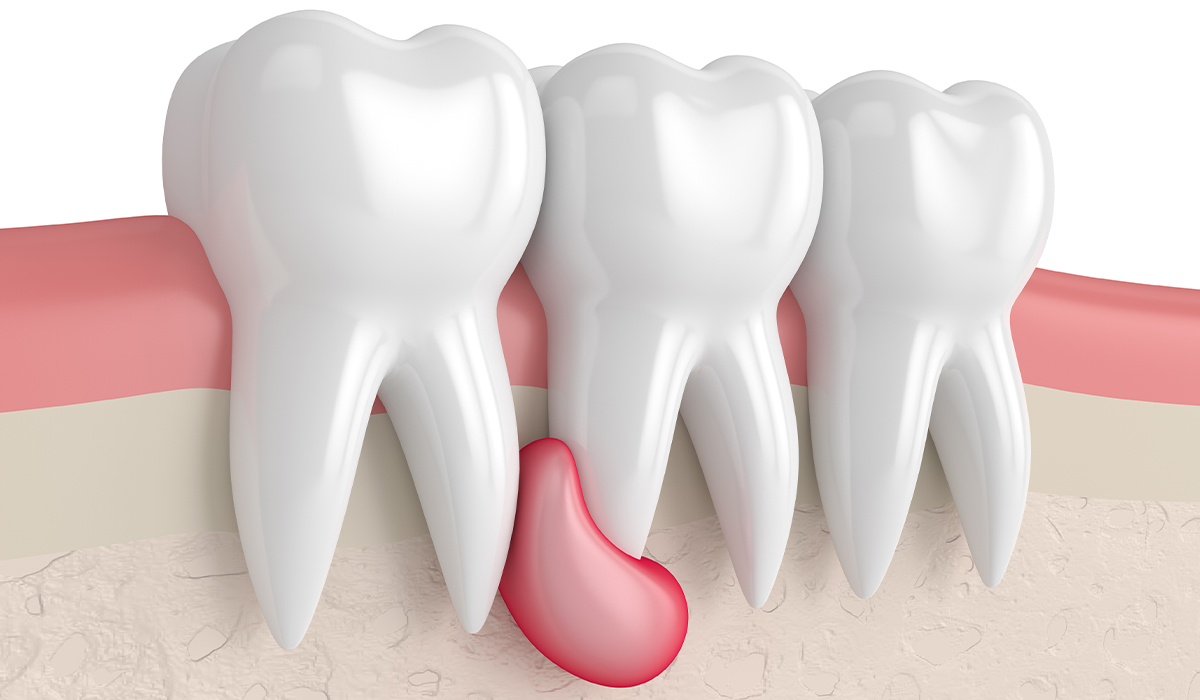
An abscess tooth is a painful dental condition characterized by a pocket of pus that forms due to a bacterial… read more »
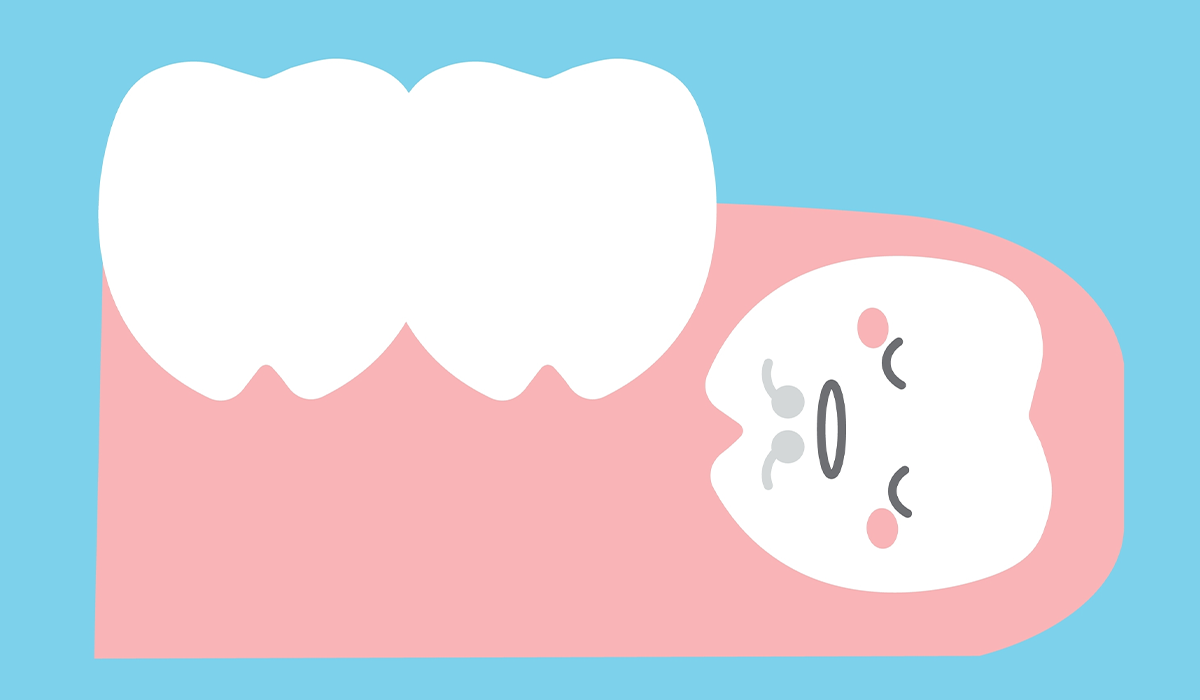
Wisdom teeth, which dental practitioners title the third molar, develop within the back of our jaws. They, as a rule,… read more »
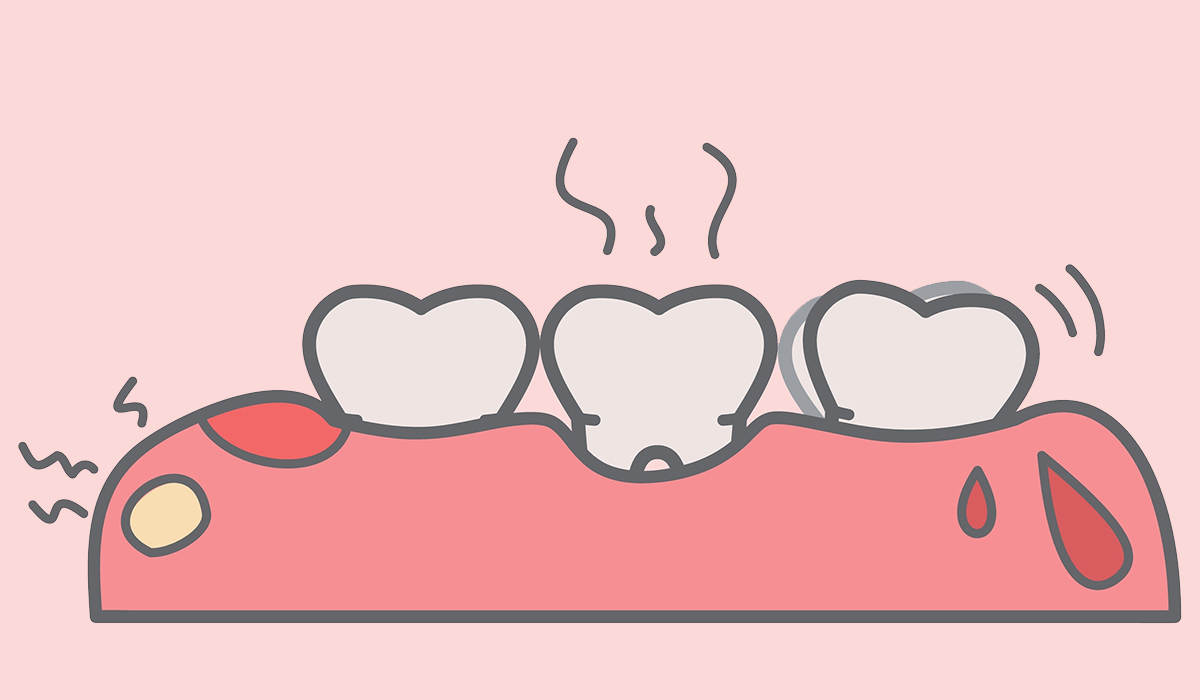
Periodontal Disease is a notorious dilemma of swelling in the tissues around teeth, ordinarily due to plaque buildup—a sticky layer… read more »
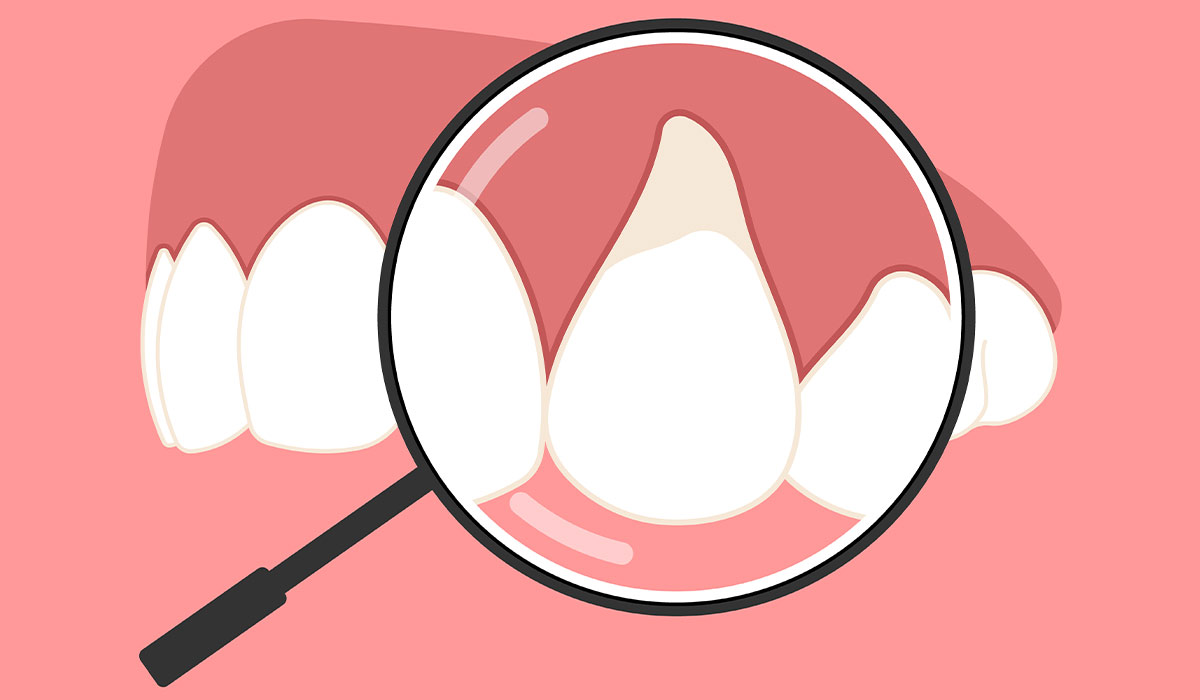
Periodontitis, or periodontal disease, is a serious gum disease caused by bacteria, leading to inflammation of soft tissues around your… read more »
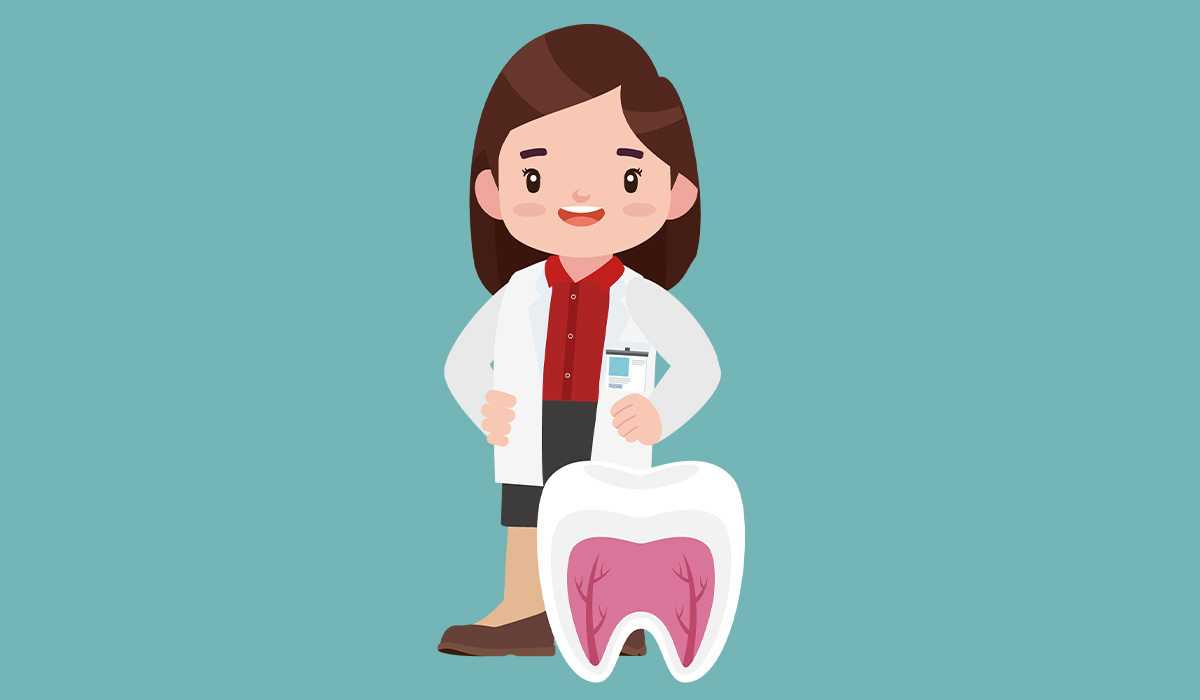
It is recommended that you consult a periodontist to guarantee the well-being of your gums and the supporting dental structures.… read more »